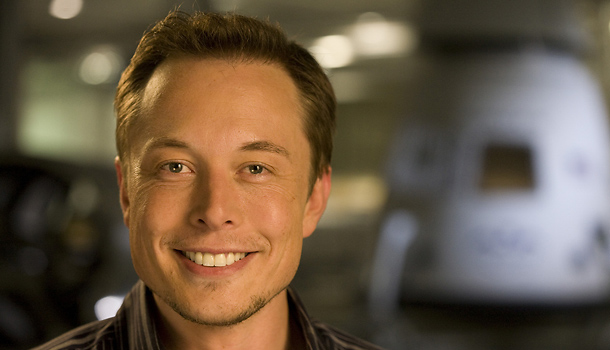
Tesla Basically Just Ignited The Driverless Car Era
MASHABLE: Elon Musk offered a classic example of what journalists call “burying the lede.” He had called a press conference on the subject of a Tesla software update designed to eliminate “range anxiety,” or the fear that your electric car will run out of power before it reaches the next charging station on a long road trip. After he’d dispensed with that subject, Musk dropped in a casual addendum: all Teslas will get an over-the-air update this summer, probably around June, allowing them to drive in “Autopilot” mode.
The enigmatic, soft-spoken CEO didn’t offer many details, but it seems Autopilot will be disabled when you’re not doing freeway driving, which is by far the easiest aspect of autonomous vehicle activity. Musk did confirm that the Autopilot mode would be “technically capable of driving from parking lot to parking lot.” The car will also be allowed to drive itself when you summon it, and when you’re parking it in your garage.Just to be clear, we’re not talking about some far-off future Tesla. We’re not talking about Google driverless car prototypes or government road tests. This is a car you can buy today, which will be given the ability to drive itself in a few months via the same setup that updates your iPhone. Automated automobiles, automatically activated.
Meanwhile, Google is starting to open up about its driverless car project, which has already put hundreds of vehicles on roads in California and Nevada. And it’s being almost as off-handed about the whole thing as Musk.
Indeed, the head of its secretive Google X labs, Astro Teller, casually dropped in to his South by Southwest talk earlier this week an intriguing nugget: the company could have offered freeway-driving driverless cars as much as two years ago, but preferred to build a vehicle from the ground up that could handle all driving — and didn’t have so much as a steering wheel.
“We could have taken a much easier path than the one we’ve chosen,” Teller told a packed crowd in an Austin ballroom. “Two years ago we had a perfectly good freeway commute helper. Freeway driving was easy for our cars at that point. You stay in your lane, change lanes occasionally, and don’t hit the guy in front of you — there’s the occasional poor driver who makes things a little interesting, but the car had basically mastered freeways.”
And how about surface streets? We know the biggest problem is trying to figure out those unpredictable pedestrians who might step out into traffic at any moment, or do one of a hundred crazy things; we’ve long assumed that’s the sort of situation that only a human brain can handle. But according to Teller, Google X is mastering the most complex pedestrian situations, too.
So to recap: Tesla cars will start self-driving this summer, on freeways at least. (It seems likely that once we’ve gotten used to that notion, autopilot for the full ride will be unlocked.) Google could have done the same thing for us a few years back, if the company were not driven by perfectionism and relentless iteration.
And it doesn’t end there. In the UK, self-driving prototypes will move from off-road to on-road activities this summer, thanks to a Department of Transport ruling. We’ve already seen the self-driving Audi at the Consumer Electronics Show in Las Vegas this past January; that too has been tested in California. BMW and Mercedes are also on the case, while chipmaker NVidia has dedicated its most powerful chip ever to the forthcoming slew of driverless cars.
And yes, maybe a self-driving Apple Car isn’t so far off after all.





